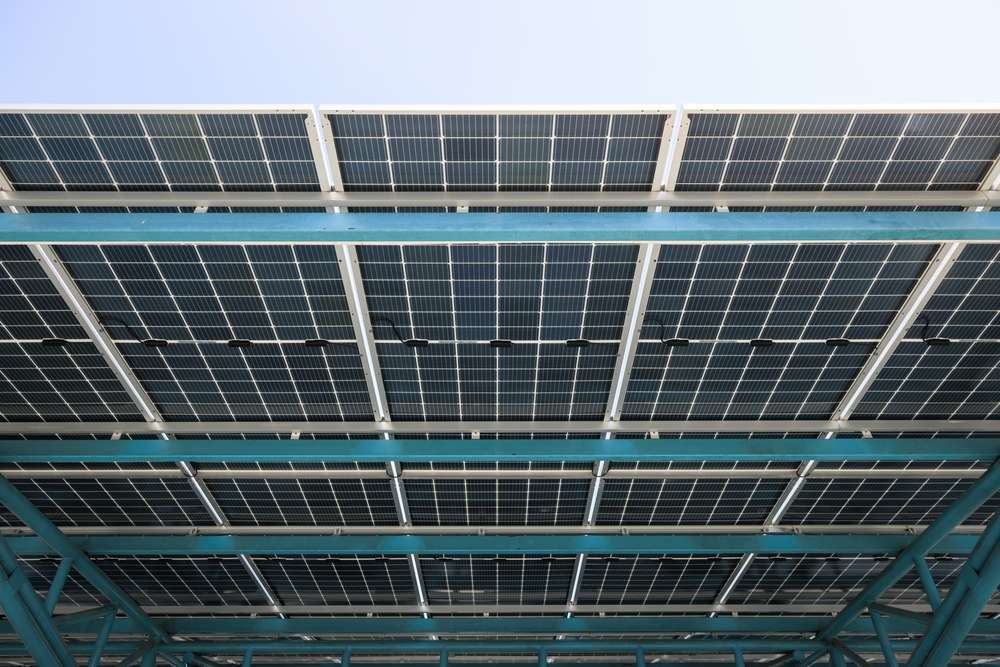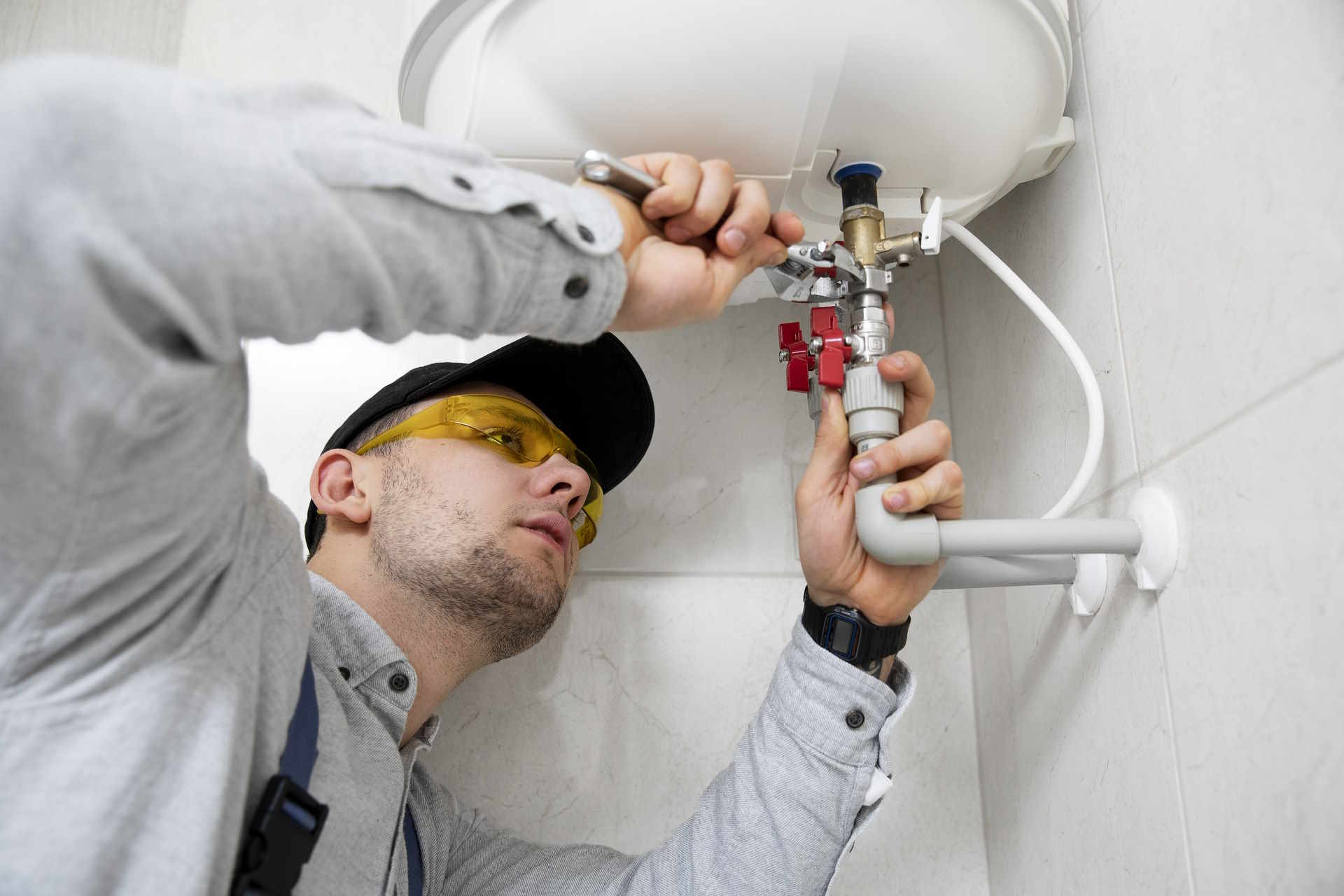A Complete Guide to Green Energy Rebates for Australian Households
Switching to green energy isn’t just good for the planet—it can also save you money. Across Australia, households are eligible for a range of government-backed green energy rebates and incentives designed to make solar panels, battery storage, and energy-efficient upgrades more affordable. This guide breaks down everything you need to know, from eligibility criteria to the types of rebates available, helping you make the most of sustainable energy solutions for your home.

Understanding the Different Types of Green Energy Rebates
Australian households have access to several categories of green energy rebates designed to encourage renewable energy adoption. The most common rebates include Small-scale Technology Certificates (STCs) under the federal Small-scale Renewable Energy Scheme, which provides upfront discounts on solar panel installations. State and territory governments also offer additional incentives such as solar battery rebates, solar hot water rebates, and energy-efficient appliance programs.
Victoria’s Solar Homes Program, for example, offers rebates for solar panel systems, solar hot water systems, and battery storage. New South Wales provides the Empowering Homes program for interest-free loans on solar and battery systems. South Australia offers the Home Battery Scheme with subsidies for battery storage installations. Queensland’s Battery Booster Program provides grants for household battery systems when combined with solar panels. These programs vary in structure, with some offering direct rebates, others providing loans, and some combining both approaches.
Feed-in tariffs represent another form of financial incentive, allowing households to receive credits for excess solar energy exported to the grid. While not technically rebates, these ongoing payments contribute to the overall financial benefit of installing renewable energy systems. Energy efficiency rebates for appliances like heat pump hot water systems and energy-efficient air conditioners are also available in various jurisdictions.
How to Determine Your Eligibility for Australian Rebates
Eligibility criteria for green energy rebates vary significantly across different programs and jurisdictions. Most schemes require applicants to be the homeowner or have permission from the property owner to install renewable energy systems. Some programs are means-tested, restricting access to households below certain income thresholds, while others are available to all residents regardless of income.
Property requirements often include restrictions on the type of dwelling eligible for rebates. Many programs cover detached houses, while some extend to townhouses, units, and rental properties with landlord consent. The property’s location within the state or territory offering the rebate is typically mandatory. Some schemes require the property to be the applicant’s primary residence rather than an investment property.
Technical eligibility factors include the size and capacity of the system being installed. Solar panel rebates often have minimum and maximum system size requirements, typically ranging from 1.5kW to 6.6kW for residential installations. Battery storage rebates may require specific battery capacity thresholds and compatibility with existing solar systems. All equipment must be approved by the Clean Energy Council, and installations must be completed by accredited installers to qualify for rebates.
Timing considerations matter as many rebate programs operate on a first-come, first-served basis with limited annual budgets. Some schemes have application windows that open at specific times throughout the year. Checking program availability and waitlist status before proceeding with installations is essential to avoid disappointment.
Step-by-Step Guide to Applying for Green Energy Incentives
The application process for green energy rebates typically follows a structured pathway. Begin by researching available programs in your state or territory through government websites and the Clean Energy Council. Identify which rebates align with your planned renewable energy installation and confirm your eligibility against the program criteria.
Next, obtain quotes from Clean Energy Council accredited installers. Most rebate programs require pre-approval before installation commences, so avoid signing contracts or beginning work until you’ve confirmed your application status. Gather necessary documentation including proof of identity, property ownership documents, recent electricity bills, and income verification if required for means-tested programs.
Submit your application through the designated portal, which is usually an online system specific to each rebate program. Applications typically require detailed information about the proposed system, installer details, and property specifications. Some programs allow installers to submit applications on behalf of homeowners, streamlining the process.
Once approved, you’ll receive confirmation with specific conditions and timeframes for completing the installation. Coordinate with your accredited installer to schedule the work within the approved timeframe. After installation, submit proof of completion, which may include installation certificates, invoices, and system commissioning documents. The rebate is then processed, either as an upfront discount applied by the installer or as a reimbursement paid directly to you.
Maintain records of all documentation throughout the process, including approval letters, invoices, warranties, and payment confirmations. Some programs require post-installation inspections or ongoing compliance checks to ensure systems meet performance standards.
| System Type | Typical Cost Range | Available Rebates/Incentives | Estimated Out-of-Pocket Cost |
|---|---|---|---|
| 6.6kW Solar Panel System | $5,000 - $9,000 | STCs: $1,500 - $2,500; State rebates: $1,400 - $2,950 | $2,500 - $5,000 |
| 10kWh Battery Storage | $10,000 - $15,000 | State subsidies: $2,000 - $6,000 | $6,000 - $11,000 |
| Solar Hot Water System | $3,000 - $6,000 | STCs: $600 - $1,200; State rebates: $1,000 - $1,500 | $1,500 - $3,500 |
| Heat Pump Hot Water | $3,500 - $5,500 | STCs: $500 - $1,000; State rebates: $1,000 | $2,000 - $3,500 |
Prices, rates, or cost estimates mentioned in this article are based on the latest available information but may change over time. Independent research is advised before making financial decisions.
Maximizing Your Rebate Benefits
Strategic planning can help maximize the financial benefits of green energy rebates. Consider combining multiple rebate programs where eligible, such as pairing federal STCs with state-specific battery rebates. Timing your installation to coincide with rebate program launches or budget renewals can improve your chances of approval, as funding often depletes quickly.
System sizing plays a crucial role in optimizing rebate value. While larger systems generate more electricity, they may exceed rebate caps or push you into higher cost brackets without proportional benefits. Consult with accredited installers to design systems that balance your energy needs with maximum rebate eligibility.
Monitoring feed-in tariff rates across different energy retailers can add ongoing value to your renewable energy investment. Shopping around for the best rates ensures you receive optimal returns for excess energy exported to the grid. Some retailers offer special green energy plans with enhanced feed-in tariffs for solar households.
Common Mistakes to Avoid
Many households miss out on rebates by installing systems before applying for pre-approval. Most programs explicitly require approval before work commences, and retrospective applications are rarely accepted. Using non-accredited installers or equipment not approved by the Clean Energy Council automatically disqualifies you from most rebate schemes.
Incomplete documentation is another frequent issue. Ensure all required paperwork is submitted accurately and within specified timeframes. Missing a single document can delay processing or result in application rejection. Double-check income thresholds for means-tested programs, as exceeding limits by even small amounts can disqualify your application.
Failing to compare rebate programs across jurisdictions can result in missed opportunities. Some households qualify for multiple programs simultaneously, while others may benefit more from loan schemes than direct rebates depending on their financial situation. Taking time to understand all available options ensures you select the most advantageous pathway for your circumstances.
Green energy rebates provide substantial financial support for Australian households transitioning to renewable energy. By understanding the types of rebates available, confirming your eligibility, and following the application process carefully, you can significantly reduce the upfront costs of solar panels, battery storage, and energy-efficient systems. With proper planning and attention to program requirements, these incentives make sustainable energy solutions more accessible and financially viable for homeowners across Australia.




